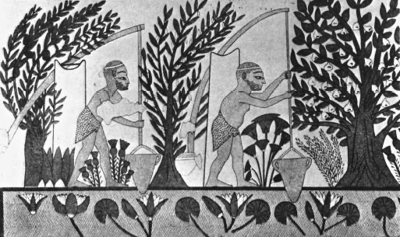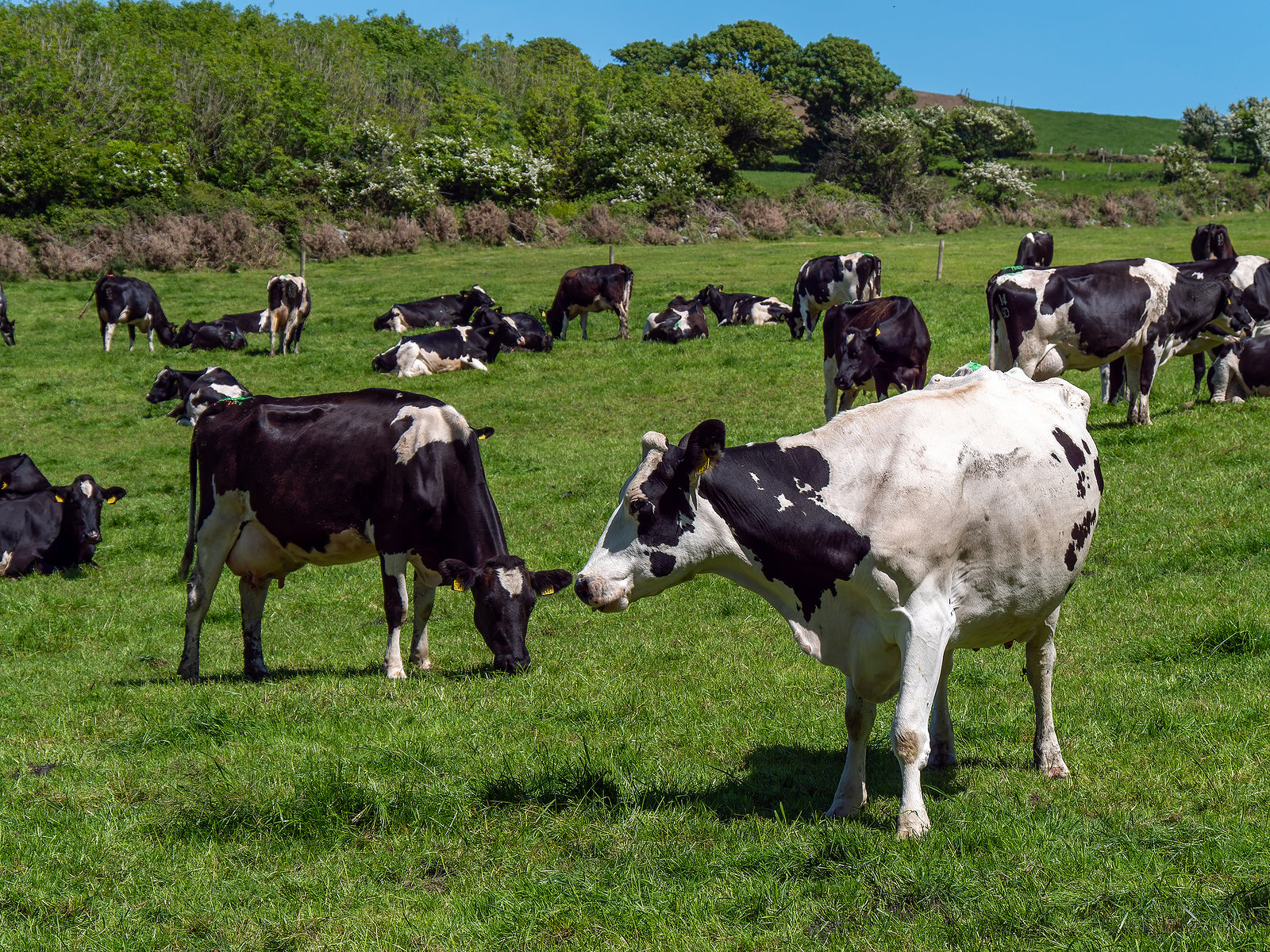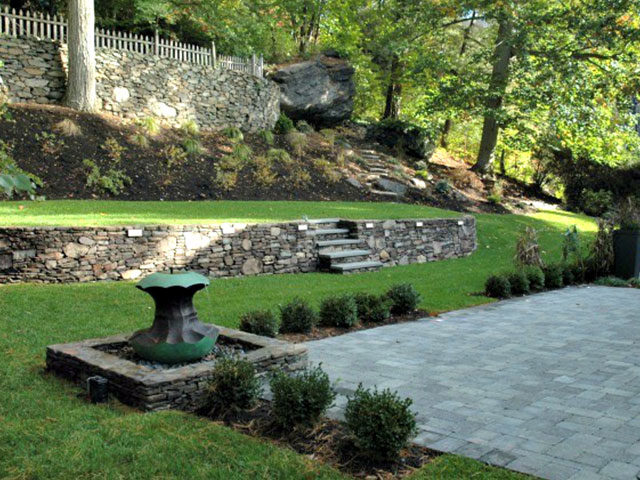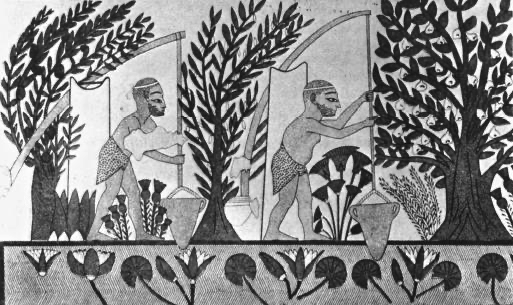 Before the mass adoption of chemical pesticides, fertilizers, and mechanized farming equipment in the early 20th century, people had to rely on more natural methods of cultivating plants. Prior to these changes, gardening and agriculture changed relatively very little in the previous 10,000 years or so since humans first began cultivating plants. These methods have made a major resurgence recently as the damage done by chemical pesticides and fertilizers during the past 80 years has become more and more clear.
Before the mass adoption of chemical pesticides, fertilizers, and mechanized farming equipment in the early 20th century, people had to rely on more natural methods of cultivating plants. Prior to these changes, gardening and agriculture changed relatively very little in the previous 10,000 years or so since humans first began cultivating plants. These methods have made a major resurgence recently as the damage done by chemical pesticides and fertilizers during the past 80 years has become more and more clear.
The History of Chemical Pesticides and Fertilizers
Prior to World War II, the use of chemical pesticides and fertilizers for gardening was rare, and exceedingly expensive in most cases. It wasn’t until after the war was over that these things became more common.
Ammonium nitrate, still the most common form of chemical fertilizer in use today, was originally used in the manufacturing process for explosives and munitions during the war. After the war, the demand for explosives shrunk drastically, and chemical companies began marketing it to farmers as a cheap and effective way to replenish nitrogen in their fields.
DDT, a powerful insecticide mostly known today for its disastrous environmental impact, shared a similar origin story. It was originally used as an insect repellent to reduce the spread of insect borne disease among troops in the Pacific Theater.
Thanks to these chemicals becoming cheaply and readily available after the war, methods of organic gardening and farming that had been developed and honed over thousands of years went to the wayside in favor of the quick fixes and higher yield crops. However, the impacts to human health as well as environmental health became apparent rather quickly, and with that, organic methods began to slowly make a comeback, although they were not nearly as prevalent as before.
Types of Organic Fertilizers
Long before anyone actually understood soil chemistry and the nutrient cycles in plants, people were modifying the soil to increase plant production with varying degrees of success.

Manure
One of the first fertilizers used intentionally may have been manure. The most common type of manure used as fertilizer is that of ungulates (hooved animals), but excrement from other animals can also be utilized. Guano (from bats and birds) is much more nutrient dense than typical ungulate manure, but may not be as sustainable. Even if you don’t have your own manure pile on hand, plenty of organic store bought options are available.
Leaf Mulch
Leaf mulch has been used in garden beds because it breaks down quickly and adds nutrients to the soil, which is very important.
Compost
Composting has been a part of human agriculture since at least the Roman Empire. It uses the natural decomposition process of organic material to concentrate nutrients and make them available for reuptake by your plants. More information on getting started composting at home can be found here.
Minerals
Naturally occurring mineral deposits have long been collected and used for soil amendments. Things like sulfur and lime have been in use for thousands of years, and more recently rock phosphate and green sand have been incorporated into organic gardening. These minerals are common in many organic gardening products today, maybe even some you already use.
Animal Byproducts
The use of fish and other animal byproducts as fertilizer is usually attributed to Native American tribes, who would bury fish with their seeds as a sacrifice, unknowingly fertilizing their plants and increasing production. Today, fish-based organic fertilizers are commercially available and can have an immediate effect on an organic garden.
Types of Pesticides
The first known natural pesticides were used approximately 4,500 years ago in ancient Mesopotamia. Sulfur dust was collected and spread onto crops to repel insects. Over the years, people have tried all kinds of methods to keep pests away with varying degrees of success. Many were found to be not effective, or harmful to humans or the environment, but some of the most effective organic solutions are still viable today.
Naturally Derived Pesticides
Early pesticides were mostly made of heavy metals like mercury and lead, which knowing what we know now, we definitely don’t want to use anymore. Around the 17th century, farmers began extracting nicotine sulfate from tobacco leaves to use as an insecticide. Any insecticide should be used extremely sparingly and only if absolutely necessary, but nicotine may be a safer alternative to chemical insecticides.
Biological Pest Control
Intentional biological pest control dates back to the Western Jin Dynasty in China (266-420 AD), during which an ant species was used to protect citrus fruits. Since then, farmers and gardeners have been attracting certain species to protect their plants and improve their surroundings. Bats can be attracted to combat mosquitos and other insects, ladybugs are often released to control aphids, birds can be attracted to combat caterpillars and various other insects, and the list goes on.
Mulching
Mulching is probably the first method of controlling weeds that doesn’t involve removing them manually. It involves adding a layer of wood chips or other substrate after your desired plants have sprouted, making it difficult for weeds to sprout or take root in the empty space. Mulching also has the added benefit of insulating the roots of your plants from the weather. Other Methods of Organic Fertilizers
Swales and Terraces
Since almost the beginning of agriculture, humans have modified the shape of the land to varying degrees to help their crops thrive. One example of this are swales, which are raised sections of dirt used to direct water to desired areas and keep water near the ground surface for longer in areas lacking regular rainfall. Terraces (pictured above) are flattened areas along hillsides that help limit runoff, as well as making tending to plants easier. If you have a hillside in your yard that you thought was otherwise unusable, creating a terraced setup may be a great addition to your property.

Olla Pots
Olla pots are special ceramic pots that can be filled with water and slowly seep out, providing constant drip irrigation to the plants around it. These pots can be traced back to native tribes in Central America who used them during the dry seasons, but they are still available today and can be a great way to save water in the home garden.
Humans survived for thousands of years without chemical intervention to help them in the garden, so there’s no reason we can’t lean on the centuries of knowledge and technological advancement now. Being a little more mindful of the environment today can make a huge difference tomorrow.
Download the eBook "8 Essential Elements of a Spectacular Outdoor Living Space You'll Want to Spend All Day In." If you are ready for a new outdoor space, please reach out to us.



 Before the mass adoption of chemical pesticides, fertilizers, and mechanized farming equipment in the early 20th century, people had to rely on more natural methods of cultivating plants. Prior to these changes, gardening and agriculture changed relatively very little in the previous 10,000 years or so since humans first began cultivating plants. These methods have made a major resurgence recently as the damage done by chemical pesticides and fertilizers during the past 80 years has become more and more clear.
Before the mass adoption of chemical pesticides, fertilizers, and mechanized farming equipment in the early 20th century, people had to rely on more natural methods of cultivating plants. Prior to these changes, gardening and agriculture changed relatively very little in the previous 10,000 years or so since humans first began cultivating plants. These methods have made a major resurgence recently as the damage done by chemical pesticides and fertilizers during the past 80 years has become more and more clear.

